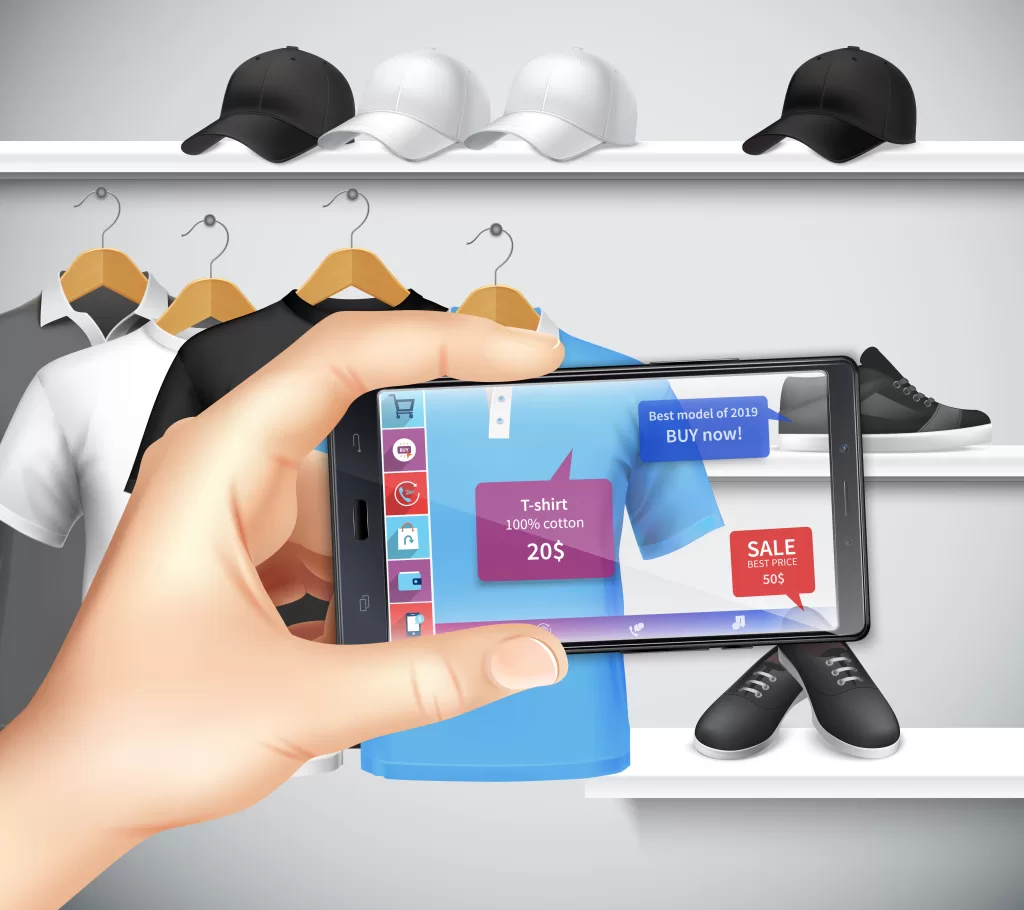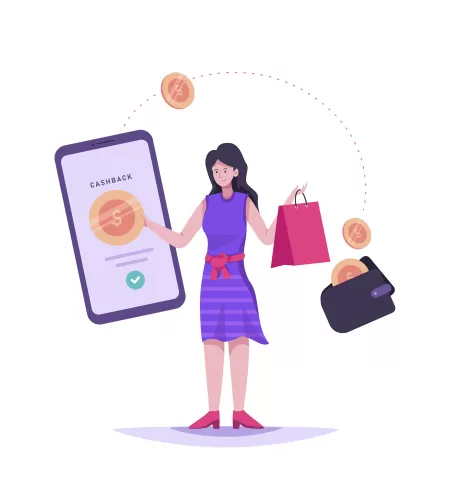Nowadays, eCommerce websites are quite popular. In 2020, they represented 18% of total retail sales. Mobile and social eCommerce expanded the sector by giving businesses additional sources of income. No matter how they purchase, customers’ expectations stay the same. People desire a pleasant and individualized buying experience. How can internet retailers fulfill their customers’ demands?
They may use headless E-commerce instead. They may enhance the user experience and offer content to all channels and devices used by customers thanks to this technology.
In this blog, we will go deeper into headless E-commerce to better explain its advantages.
What is Headless E-commerce?
Headless E-commerce is an eCommerce system that separates an online store’s front end and back end. The “head” of your website, or what the user sees and interacts with, is, to put it in a nutshell, the front-end section. Your back-end section, including checkout, payments, subscriptions, and other features, is divided from this head. You may connect your whole back-end system to the front-end system of your choosing using headless platforms. The two systems operate independently of one another. You then receive a headless solution that gives you greater freedom and the ability to provide a better user experience.

A headless E-commerce platform is a piece of software that, ideally, runs on top of a microservice and exposes all functionality and data through distinct APIs. As sticky. Io’s CTO, Brett McLaughlin, explains. Merchants may add additional client touchpoints (mobile applications, marketplaces, localized websites, etc.) without redesigning their e-commerce website thanks to headless E-commerce software and its API-first methodology.
The flexibility you want is not provided by conventional eCommerce systems. You may decouple your eCommerce data from one touchpoint to show across many channels with the help of headless solutions.
Why does it matter to your e-commerce business?
Developers and designers are free to focus on creating the best user experience thanks to headless E-commerce, which removes them from the constraints of the commerce platform. As a result, businesses may simply add new features or make modifications to their websites without impairing the general performance of the e-commerce platform, enabling them to respond more swiftly to shifting market conditions and client preferences.
Moreover, it enables companies to benefit from cutting-edge tools and platforms like voice assistants and augmented reality to develop even more interesting online shopping experiences.
Ah, must be complicated to work with, right? Well, you are wrong!
Let us see how it works!
An application programming interface (API) is used by a headless E-commerce platform to provide your content. The front-end and back-end can connect thanks to the API, which acts as a software bridge. Every time a customer interacts with your online business, a headless system sends API calls from the front end to the back end.
For instance, a client may use their smartphone to purchase a product from an eCommerce company. The application layer, which is an order management system, receives an API request that is initiated by the presentation layer, or the user interface. Regardless matter whether a consumer accesses a headless shop via a smartphone or computer, the procedure is the same in all of them. Every API request is registered by a headless E-commerce system, which makes sure its back end responds to them.
How are you benefitted?
We have come up with 3 benefits of headless e-commerce, let’s jump right into it!
- Rapier-like marketing.
With a headless E-commerce platform, you can forget about speed concerns. To distribute content to any device, this technology makes use of APIs. Compared to a conventional commerce platform, your content reaches clients more quickly.
Suppose that you own a clothes business and that after a particularly severe downpour, one of your warehouses floods. You decide to start a flash sale to rescue the situation when a portion of your inventory becomes soaked. A webpage advertising your sale might take many weeks to construct using a monolithic system. in a short period. manage a clothes shop, and during a hard downpour, one of your warehouses floods. Also, you may make use of the consumer data you already have and distribute the hot promotion through customized emails.
- Productive Omnichannel Strategy
You may interact with your clients at different touchpoints by using headless. I mean, obviously! After all, you have the option of setting up additional stores. To make the lifecycle e-commerce marketing model easier to apply, for example, you may do the following:
- Use a PPC campaign to contact your target customers;
- Link them to a website’s product page;
- Persuade them to buy something via Live Chat;
- Cultivate consumer ties through their mobile devices;
- Use a customized loyalty program to make them into brand evangelists.
- Make it personalized.
Personalization may be tested without making your online store slower. For instance, you can include back-end features that enhance the personalization. Those who are making upfront purchases won’t be affected. When the website is operational, you may experiment with fresh approaches to offer a customized user experience. You can choose to tailor the material depending on your search history or demographics.
A tailored purchasing and browsing experience across many channels is the goal of headless commerce. Your ability to customize a standard CMS like WordPress is constrained, but a headless CMS offers greater flexibility.
Struggles of Headless E-commerce
- Separating the front end from the back end may result in greater development expenses since it may take more time and resources.
- Platforms can be more sophisticated, and implementing and maintaining them requires greater technical know-how.
- Lack of Built-In Features: Unlike conventional e-commerce platforms, headless commerce platforms may not include built-in features like product management, shipping, and tax calculations, which may necessitate additional development work. Nevertheless, this pain is worthwhile due to the platform’s scalability.
Who ought to think about headless E-commerce?
Suitable for companies like these:
- High levels of customization and adaptability are required for its user interface.
- Require integration with other channels or systems.
- A smooth buying experience on all devices is something you’d want to provide
- Requiring both vertical and horizontal scaling increases.
- Possess the technological know-how and resources necessary to set up and run a platform.
Conclusion:
The future of eCommerce is headed towards headless commerce as companies strive to differentiate themselves from their rivals by offering distinctive and personalized user experiences. While there are certain difficulties, best practices like goal-setting, selecting the appropriate frontend and backend technology, and giving user experience priority may help firms effectively deploy and stay on the cutting edge.
To know more about ecommerce related information you can subscribe to the website and share your valuable comments in the comment box- Firsthub Blogs.


Great info and right to the point. I don’t know if this is actually the best place to ask but do
you people have any thoughts on where to hire some professional writers?
Thank you 🙂 Escape roomy lista
Thanks for your valuable comment, we will be constantly working on the content to hold you back on our website. Get your subscription so that you can receive updates.